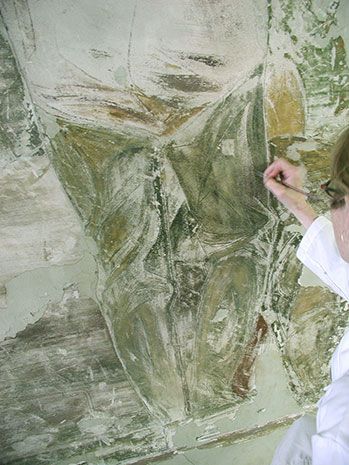Preserving vintage vehicles is not just about maintaining their original beauty but also cherishing the history they represent. These classic automobiles are pieces of art that require special care and attention to ensure their longevity. In this article, we will explore the art of preservation and share valuable tips on how to care for vintage vehicles.
1. Regular Cleaning
Keeping your vintage vehicle clean is crucial to prevent dirt, dust, and grime from damaging the exterior and interior surfaces. Regularly wash the vehicle with a mild soap and water solution, ensuring that you pay extra attention to hard-to-reach areas.
2. Storage and Shelter
Proper storage is essential in preserving the value and condition of vintage vehicles. Ideally, store them in a climate-controlled garage or a specialized storage facility. This protects the vehicle from extreme temperature fluctuations and prevents damage caused by moisture, UV rays, and pests.
3. Maintenance and Repairs
Regular maintenance is vital in keeping vintage vehicles in top shape. Consult with a trusted mechanic who specializes in classic cars to develop a maintenance plan. Replace worn-out parts with originals or high-quality reproductions to maintain the vehicle’s authenticity.
4. Detailing
Detailing is an art form that focuses on enhancing and preserving the appearance of a vintage vehicle. This process includes thorough cleaning, polishing, waxing, and protecting various parts, such as the paint, chrome, and upholstery. Consider hiring a professional detailer with experience in working on classic automobiles.
5. Preservation of Original Parts
Vintage vehicles are valued for their originality. Avoid making unnecessary modifications or replacing original parts with modern counterparts. If any parts need restoration, consult restoration experts who specialize in vintage vehicles to ensure they are properly preserved without compromising their authenticity.
6. Proper Documentation
Keep a detailed record of the vehicle’s history, including previous owners, repairs, and maintenance activities. This documentation not only adds value but also serves as a resource for future owners, enabling them to understand and appreciate the vehicle’s heritage.
7. Usage and Preservation Balance
Vintage vehicles were built to be driven and enjoyed. While it is important to preserve their condition, occasional usage helps maintain the mechanical and functional aspects. Regularly start the engine and take short drives to prevent mechanical issues from arising due to long periods of inactivity.
8. Preservation Community
Joining a preservation community or vintage car club can provide valuable resources, advice, and camaraderie with fellow enthusiasts. These communities often organize events and gatherings where you can showcase your vintage vehicle and learn from others who share the same passion for preservation.
Conclusion
Caring for vintage vehicles is an art that requires dedication, knowledge, and love for these automotive treasures. By following the tips provided above, you can ensure the longevity and preservation of your vintage vehicle while also enjoying the experience of owning and driving a piece of history.

